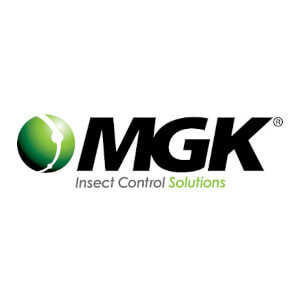As urban areas are expanding, and homes are being built closer to animal production facilities, poultry and egg production facilities are likely to see an increase in complaints of flies and other pests in residential areas. As producers well know, pests are more than just an inconvenience for chickens; they are devastating to the flock in the form of production losses.
Integrated pest management is the combination of several insect control measures to combat a pest population, including sanitation, physical barriers, cultural control methods, and insecticides. For fly control in laying facilities, insecticide treatment options can be broken into two categories: over-bird applications and premise treatments.
Over-bird Insecticides
- Use when birds are present in the house
- Most often contain pyrethrin or pyrethroid active ingredients
- Oil-based, water-based, or dust formulations
- Oil-based insecticides are often preferred for on-bird issues like flies, mites, and lice because the oil carrying the insecticide will help to penetrate the feather better than water and cling to the skin where these ectoparasites frequent.
- Insect Growth Regulators (IGRs), like NyGuard® IGR, can be applied over poultry for efficient and effective fly control
- Insecticidal dusts can be placed in strategic areas such as the nesting boxes where mites may seek harborage when not on the chicken.
Premise-applied Insecticides
- Gives more options for rotating insecticide classes
- Allows producers to treat in areas where insects live and grow
- Most premise insecticides cannot be applied to areas where birds frequent unless the insecticide has been given time to completely dry.
- Manure pits, walls of the poultry house, and exterior areas are great locations for premise-applied insecticides while birds are present in the facility.
- Benefits: Extended residual effects thanks to microencapsulated formulations, the ability to apply insecticides directly to areas where insects are growing.
- Granular fly baits may be utilized for additional control in the pit area through a broadcast treatment.
Note: Never apply liquid insecticides over a granular fly bait. It will negatively affect the palatability, or the attractiveness of the bait to a fly looking for a meal.
Integrated Pest Management
- Use sticky traps throughout the season for correct ID of pests and more effective treatments.
- Traps should be monitored, recorded and replaced regularly.
- Use insect traps both inside and outside poultry houses.
Urban encroachment occurs when communities are built closer and closer to animal production facilities. Even with the good neighbor practices implemented by poultry houses, many new homeowners are surprised when they move in and start to see new insects. To reduce the incidents of complaints, it’s important to maintain, if not improve, the pest management practices in place. Using insecticides over-bird, in manure pits, and around the exterior of the facility can help to reduce fly populations inside and outside your laying operation.

